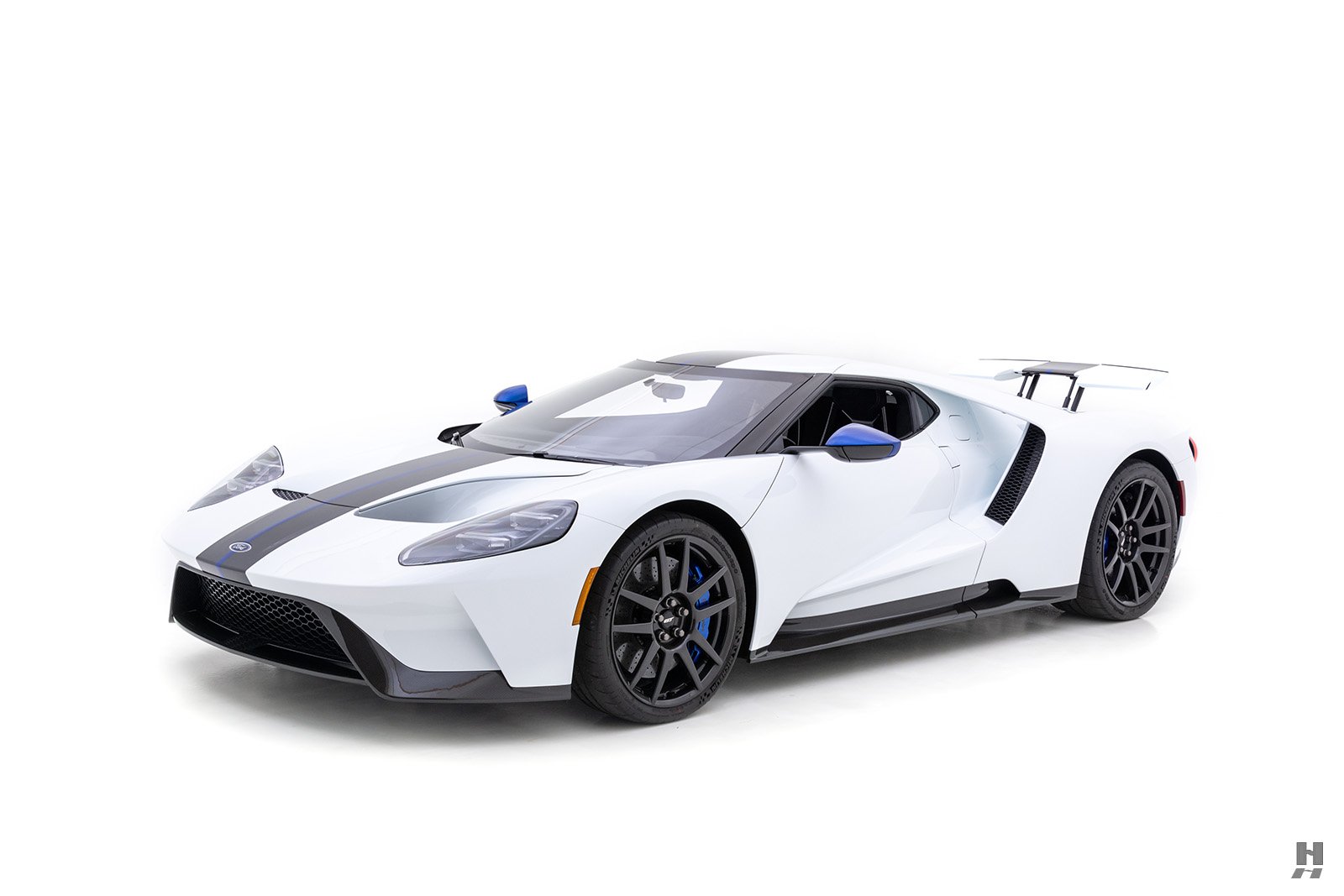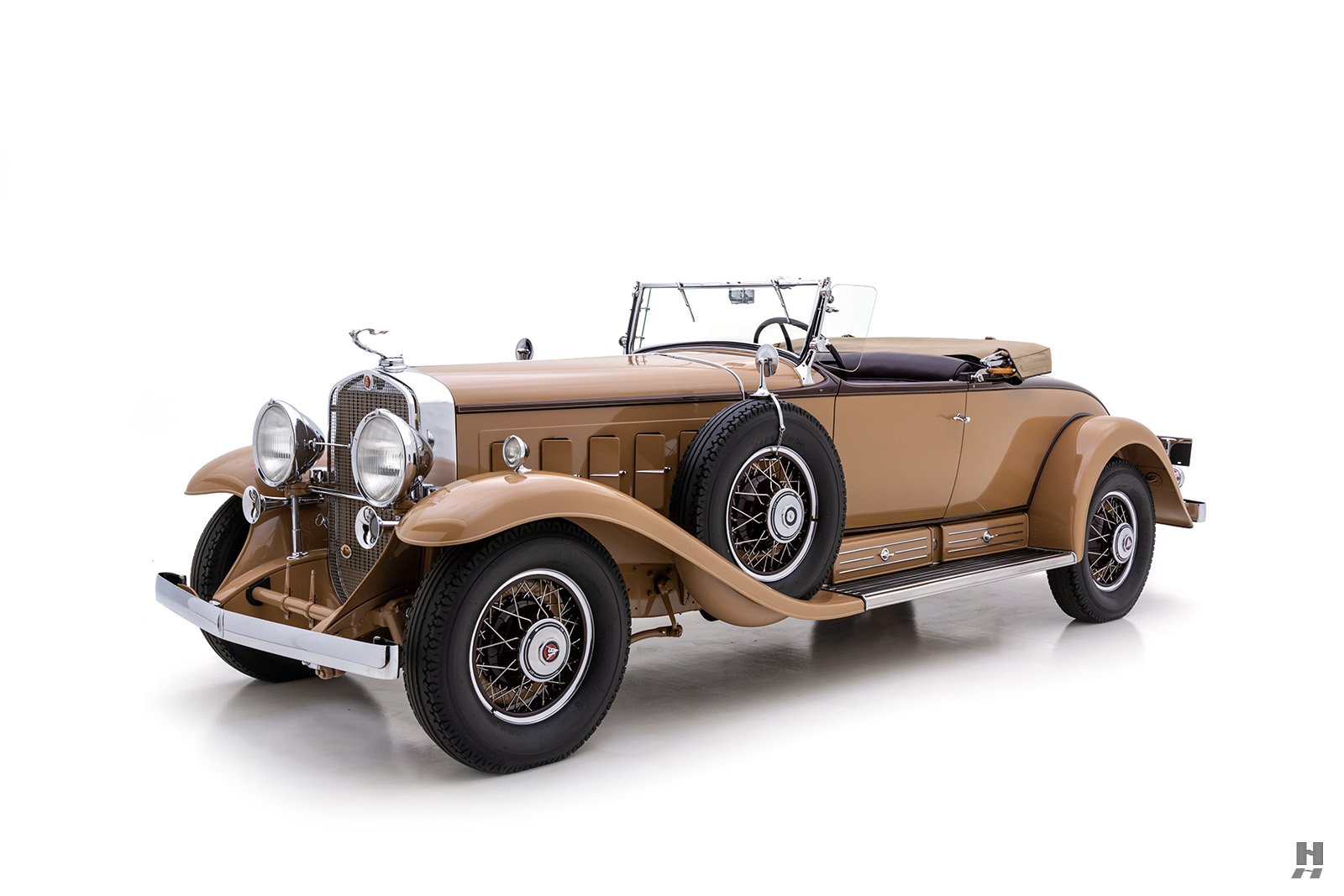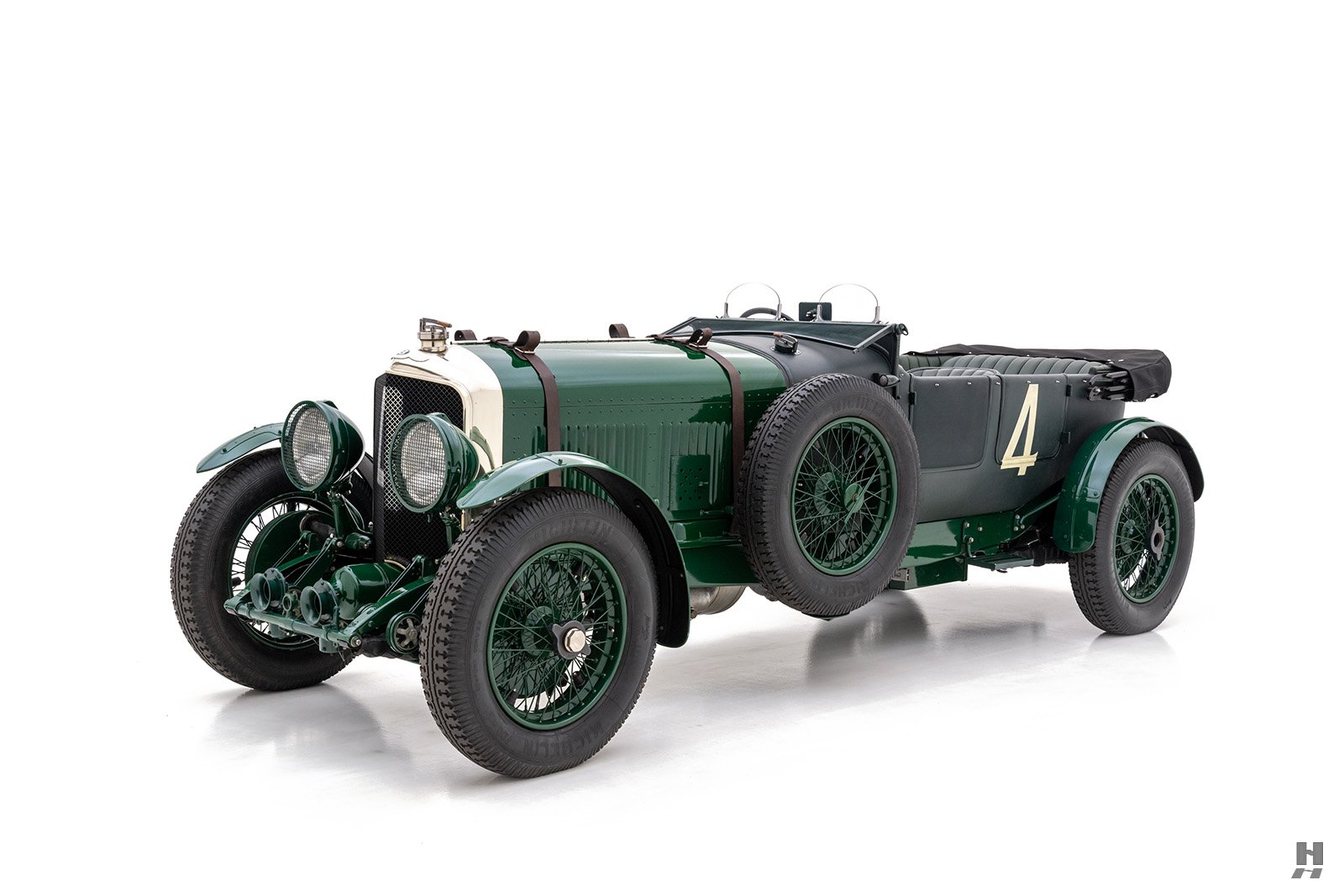Crane Motor Car Company of New Jersey once held the distinction of being the most expensive automobile built in the United States. In 1912, a Crane Model 3 cost an astonishing $8000 without a body; this at a time when median income in America was just $687. While no doubt costly, at least it offered quality and performance few could match. Henry Middlebrook Crane had indeed designed a magnificent machine worthy of the most discerning clientele; with its L-head six-cylinder making an astonishing 100 horsepower. Given the eye-watering cost, it is no surprise that only approximately 40 Crane Model 3s were sold, followed by just a few Model 4s. Henry Crane only lasted on his own from 1912-1915 when he was bought out by Simplex, another high-end motorcar manufacturer known for large, powerful machinery. Henry Crane was kept on as a vice president and his successor to the Model 4 was rebadged as a Simplex Crane. Using an improved version of the L-Head six-cylinder engine, now making 110hp, the new car was still of the same exceptional quality and performance. The partnership of Simplex and Crane only existed for four short years, with roughly 475-500 cars produced over that time. Yet in spite of such tiny production numbers, the marque stands with the likes of Rolls-Royce, Locomobile and Stutz as one of the most prestigious and collectible motorcars of the period.
Wearing sporty and unique bodywork with exquisite presentation, this 1915 Simplex Crane Model 5 is an outstanding example from this storied American marque. Its original owner, Mr. Adler, purchased the car in 1915 and is reported to have kept it over three decades, only parting with his beloved Simplex in 1946. In fact, only seven people have had the pleasure of owning this wonderful machine over the course of a century, including Harold Langdon who kept the car from 1972 to 2005. The sporty, open twin-cockpit body is a later addition, as often would occur with luxury automobiles of this era and stature, given as a chassis could easily outlive multiple bodies due to age and changing styles and tastes of individual owners. The lovely boattail speedster-like style suits the car well and makes for strong performance thanks to its light, pared-down construction in conjunction with the mighty Crane engine. The quality of the body and subsequent restoration is exceptional with gorgeous deep maroon paint on the chassis and cycle fenders contrasting the black main body and black artillery wheels. Paint quality is excellent and panel fit is very good for a car of this era. It is a large automobile, though very well proportioned and finely detailed inside and out. The front compartment features doors for driver and passenger, while a smaller rear compartment as a very cool single-sided door; a very nice period appropriate touch. The beautiful radiator shell is nickel plated, as are the drum headlamps, Simplex wheel hub caps and assorted hardware on the chassis. A set of brass dampers are affixed to the chassis, protected with tidy leather boots that match the fenders. The rear of the car tapers to a boat-tail style, while the cut-down windscreen, dual rear-mount spares and floating step-boards impart a decidedly sporting and purposeful appearance.
The interior is dominated by the fat wood-rimmed steering wheel with nickel spokes and engine controls all presenting in outstanding order, beautifully polished and detailed. The dash features a marvelous array of instruments and switchgear, with the driver getting a Warner Auto Meter speedometer and odometer, along with an ammeter and fuel gauge. With an obvious eye toward touring and rallying, the front passenger faces a Waltham clock and oil pressure gauge, along with controls for fuel pressure, mixture control and the Bosch ignition system. Front and rear cockpits are trimmed in beautiful dark red leather which appears fresh and shows very little use. Maroon carpets tie in with the bodywork nicely, and the rear compartment is covered with a canvas tonneau when not in use. Detailing throughout the interior is lovely and very well judged.
Of course, the highlight of any Simplex Crane is Henry Crane’s mighty L-Head inline-six cylinder engine. Displacing 8,795 c.c. and producing a full 110 horsepower, this magnificent engine is one of the greatest of the era. Our example has been lovingly detailed down to correct ignition wires, fabric wiring loom and brass hose clamps. The presentation is breathtaking, doing Crane’s masterpiece appropriate justice. It runs incredibly well, producing a deep, guttural growl from the exhaust and delivering massive low-end torque. The engine is quite smooth and performance is astounding for a vehicle that is more than a century old.
It is believed that fewer than 500 Simplex Crane Model 5s were built in the short time the company existed before being taken over in 1919. Such was their quality and performance that most original owners kept them for many years, our featured example being no exception. Simplex-Crane stands among the finest motorcar manufacturers of all time, and this wonderful example represents a beautifully restored and thoroughly usable entry into this rarified world. It is an absolute thrill to drive and will surely make a lasting impression on its next keeper.
Sorry this car has been sold. Are you looking to buy or sell a car like this? Contact a representative
For immediate assistance please call us at +1-314-524-6000 or please fill out the following form and a member of our team will contact you.
































